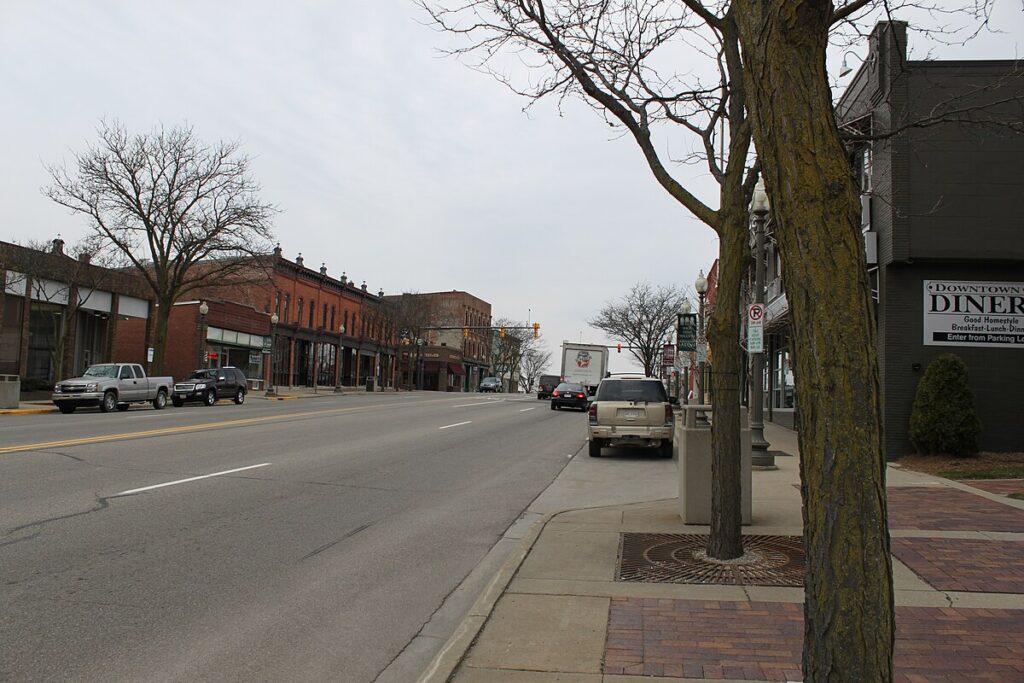
Moving to Saline, Michigan: A Comprehensive Relocation Guide
Considering moving to Saline, Michigan? Just southwest of Ann Arbor, Saline blends small-town charm, award-winning schools, and quick access to one of the Midwest’s strongest university job markets. This 2025 relocation guide covers demographics, costs, jobs, schools, lifestyle, healthcare, transportation, and more.
Demographic Profile to Consider If Moving to Saline:
Saline is a city in Washtenaw County with roughly 9,000–10,000 residents in 2025. Neighborhoods range from historic homes near downtown to newer subdivisions and condo communities on the edges of town. The close-knit community vibe shows up in local festivals, youth sports, and farmer’s markets. Find trusted local services for moving, living, and working in Saline.Saline Relocation Directory
Saline’s location (about 15 minutes to central Ann Arbor) attracts university staff, healthcare professionals, and remote workers who want quieter streets and a traditional downtown while staying near a major research hub.
Cost of Living to Consider If Moving to Saline:
Housing costs run higher than Michigan averages but below many Ann Arbor addresses. Single-family homes span updated mid-century houses to newer builds; rentals include duplexes, small apartment communities, and townhomes. Many households weigh a slightly longer commute for more space and neighborhood amenities.
Utilities and everyday expenses are typical for southeast Michigan. Property taxes vary by neighborhood; buyers often compare tax rates and HOA amenities across developments.
Economy and Job Market:
Saline benefits from the broader Ann Arbor economy—education, healthcare, technology, mobility research, and professional services. Major opportunities sit minutes away at the University of Michigan, Michigan Medicine, and growing tech firms. Light manufacturing, logistics, retail, and small business also contribute locally.
Hybrid and remote work are common, with residents splitting time between home offices and regional campuses or client sites in Ann Arbor–Detroit.
Education:
Saline Area Schools are consistently recognized for strong academics, arts, and athletics. Families also have access to Washtenaw County’s specialty programs and nearby private/charter options. Higher education choices abound: the University of Michigan (Ann Arbor), Eastern Michigan University (Ypsilanti), and Washtenaw Community College provide degree paths and workforce training.
Recreation and Lifestyle:
Downtown Saline offers cafés, boutiques, and community events. Parks, trails, and nearby lakes support year-round activity—running, cycling, skating, and youth sports. Ann Arbor’s restaurants, museums, and Big Ten events are a short drive, while state recreation areas sit to the west for boating and camping.
Healthcare and Services:
Michigan Medicine and Trinity Health systems anchor regional care, with primary care, urgent care, dental, and specialty practices in and around Saline. Pharmacies, fitness centers, and senior services are readily available.
Transportation:
Saline sits near US-12 and I-94 for quick trips to Ann Arbor, Detroit Metro Airport, and greater SE Michigan. Regional bus connections are available through TheRide (AAATA) to the Ann Arbor/Ypsilanti area; most residents drive for daily commuting.
Conclusion:
Moving to Saline in 2025 offers small-town ease next to a powerhouse university metro. With strong schools, convenient access to Ann Arbor, and a friendly downtown, Saline is a practical, family-friendly choice in Washtenaw County.

